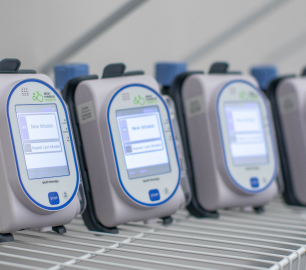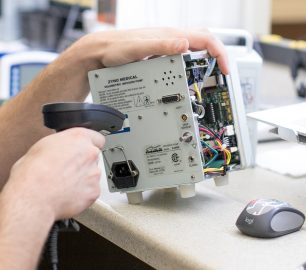What is an operating lease?
An operating lease, also known as a Fair Market Value (FMV) Lease, is similar to leasing a car. In an operating lease the asset does not change ownership and therefore does not build equity. This allows you to reduce your monthly expenditure.
At the end of the operating lease term however, you are able to purchase the equipment for fair market value, or return the equipment to the leasing provider. Operating lease expense is treated as an operating expense on your income statement but does not affect your balance sheet.
Benefits of operating leases
- Address short-term or cyclical equipment needs
- Protects against inventory obsolescence
- Lower impact to cash flow and lower monthly payments
- Protect your balance sheet
- Tax benefits
- Options to buy, renew, or upgrade at lease end
- Equipment can often be exchanged prior to lease end
Disadvantages of operating leases
- Committed to payment and equipment for length of lease
- Payments build no equity (in most cases)
- Market price at lease end
- Longer-term leases may be more expensive than purchase
- Cannot depreciate asset
What’s the bottom line?
Cash is king, as the saying goes, and with an operating lease you’ll have more monthly cash to work with. While you won’t own the equipment (or build equity towards it) as you would with a capital lease or straight purchase, the option to buy at fair market value at the end of the lease term provides flexibility. However, if cash flow isn’t an issue, a capital lease may be a better option.
Not sure if an operating lease is right for you? Learn more about our other financing options including capital leases, rentals, and devices purchases, or speak with a Right Way Medical representative at 614-396-7721.



